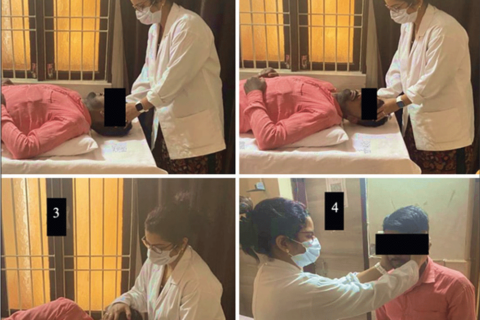
Comparison between Epley and Gans Repositioning Maneuvers for Posterior Canal BPPV: A Randomized Controlled Trial
Published on: March 26, 2024
Annals of Indian Academy of Neurology | Volume 26 – Issue 4 – July-August 2023
Benign paroxysmal positional vertigo (BPPV) is one of the commonly occurring causes of vertigo. BPPV can be categorized into three types according to the involvement of semicircular canals in the inner ear: posterior, anterior, and lateral/horizontal canal BPPV. The posterior canal is the most commonly affected semicircular canal; thence posterior canal BPPV is the commonest among other types. Approximately 90% of the cases of BPPV are posterior canal BPPV (PC‑BPPV).[1] Patient has short and severe episodes of vertigo that occur only when the patient changes his/her position.[2,3] Dix‑Hallpike test (DH) is the diagnostic maneuver for assessing posterior canal BPPV, which aggravates vertigo and the up‑beating torsional nystagmus toward the involved ear. This test involves turning the patient’s head to one side and then lying straight in the supine position with the neck extended at 20 degrees. If the patient complains of vertigo with a few seconds delay and there is nystagmus too, it indicates a positive test and the involvement of the side of the head turned in the initial position.[4‑7] In patients with comorbid variables like cervical‑related disorders, the side‑lying test can also be used as an analytic tool for surveying BPPV.
Neetu R. Dhiman, Deepika Joshi, Vyom Gyanpuri1, Abhishek Pathak, Anand Kumar